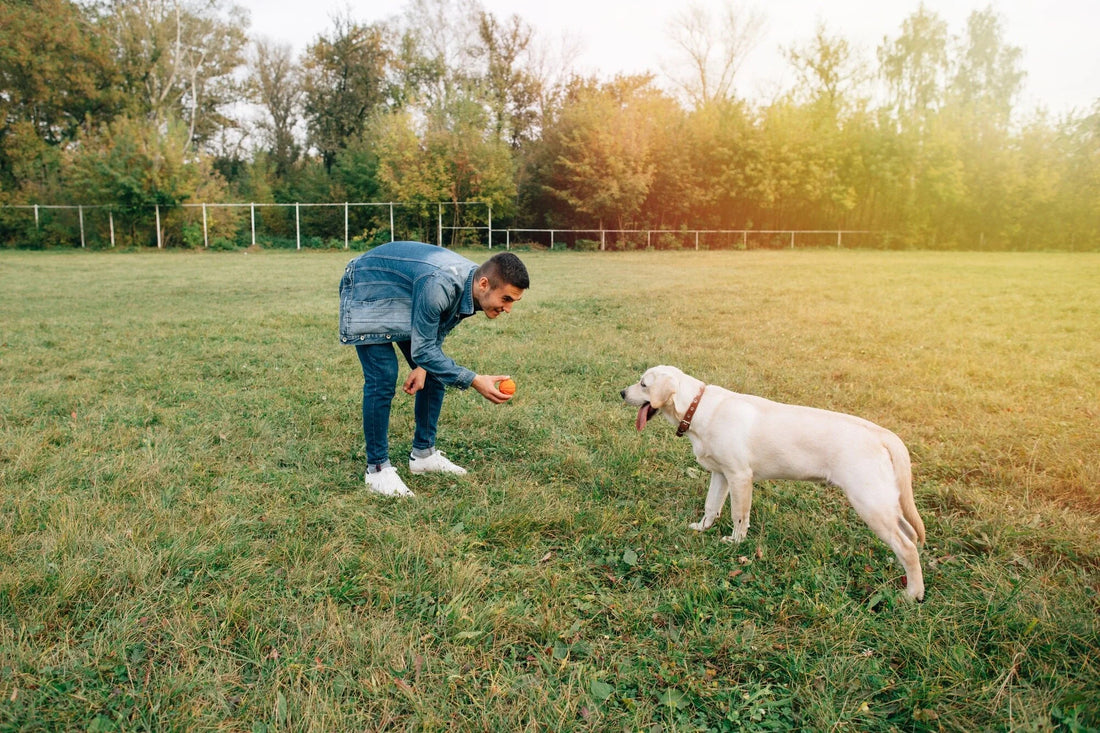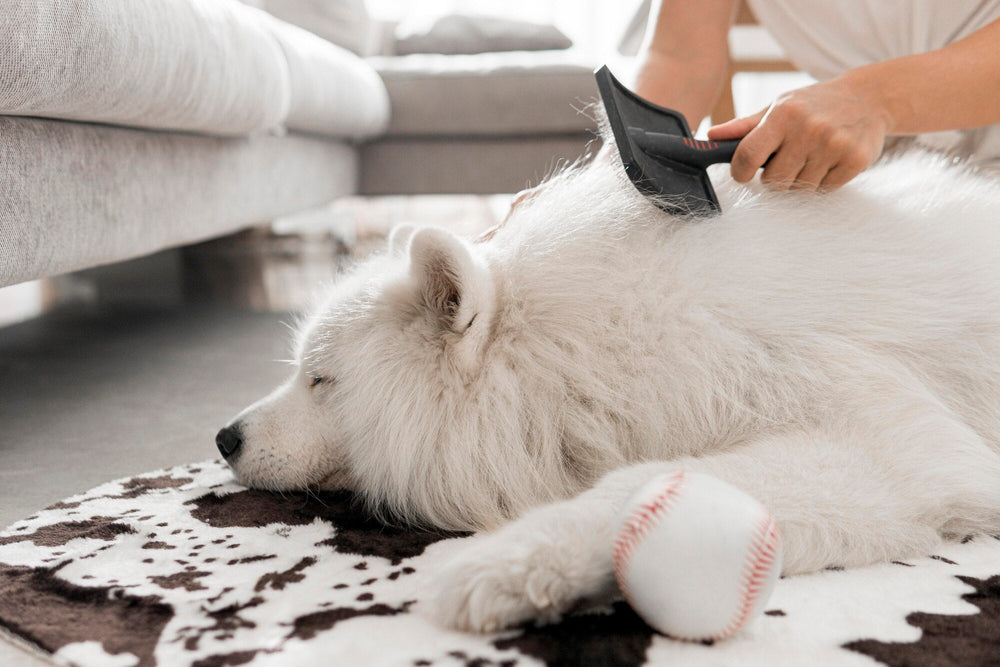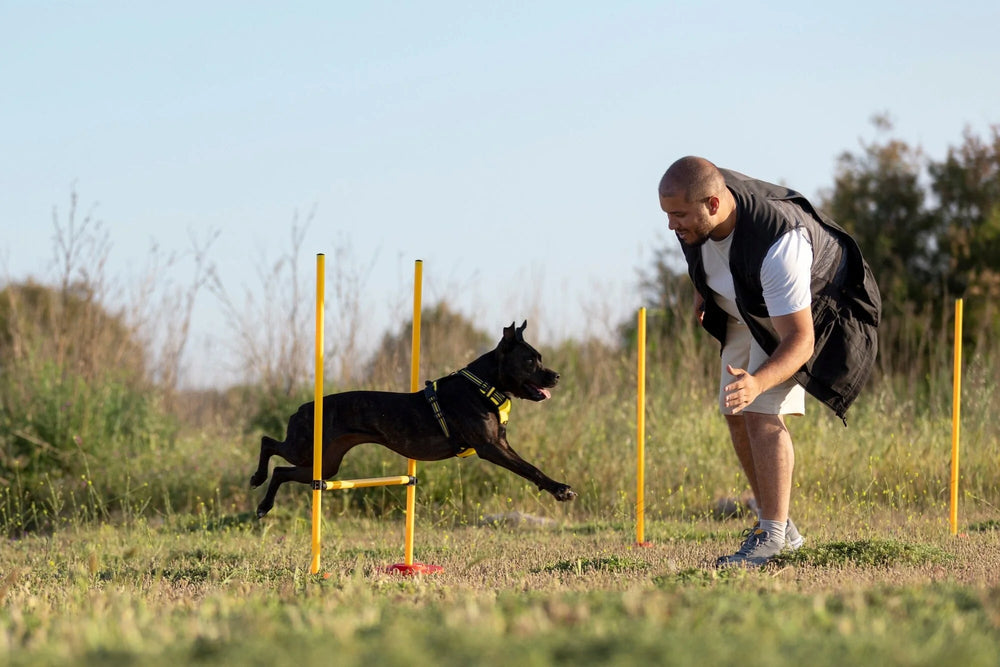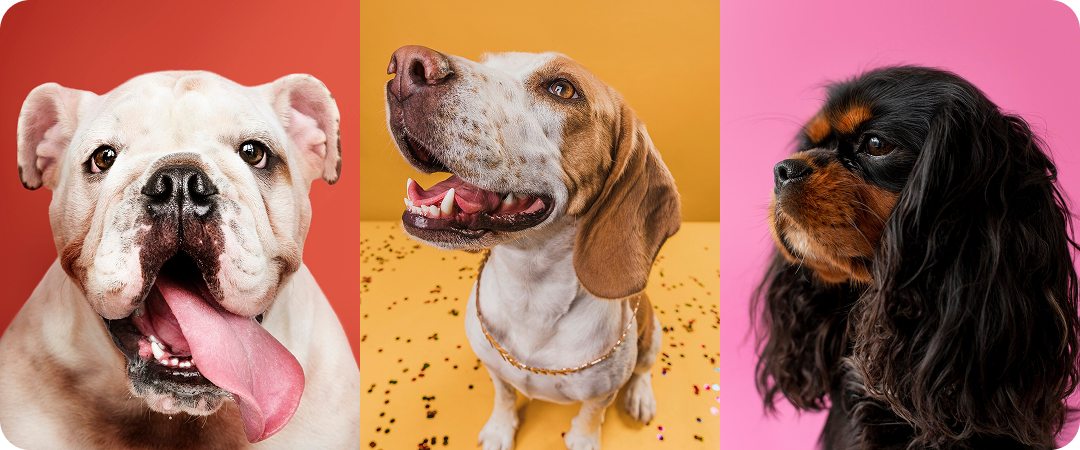Even the most dedicated pet parents can unintentionally sabotage their training efforts through common mistakes. Recognizing and correcting these errors will dramatically improve your training outcomes and strengthen your relationship with your dog.

Training Mistakes Even Good Pet Parents Make And How to Fix Them
Even the most dedicated pet parents can unintentionally sabotage their training efforts through common mistakes. Recognizing and correcting these errors will dramatically improve your training outcomes and strengthen your relationship with your dog. Here are the most frequent training mistakes and how to solve them using techniques supported by TailBlaze LOL! Training Treats.
Mistake #1: Inconsistent Cues and Expectations
Many pet parents use different words or signals for the same behavior or allow behaviors in some contexts but not others. This inconsistency confuses dogs who thrive on clear patterns.
The Fix: Create a consistent cue "dictionary" that all family members use. For example, decide whether you'll use "down" or "lie down" for the same behavior—never both. If a behavior isn't allowed (like jumping on furniture), enforce this rule 100% of the time rather than making exceptions.
Mistake #2: Poor Reward Timing
The window for effective reinforcement is extremely narrow—about 1-2 seconds after the desired behavior. Delayed rewards create incorrect associations.
The Fix: Keep LOL! treats easily accessible in pockets or a treat pouch so you can reward instantly. Their small size means immediate consumption, allowing for perfect timing. Use a marker word like "yes" or a clicker to bridge any slight delay while reaching for the treat.
Mistake #3: Training Sessions That Are Too Long
Extended training sessions lead to mental fatigue, frustration, and diminishing returns. Many pet parents don't recognize the signs of mental exhaustion in their dogs.
The Fix: Implement multiple 3-5 minute sessions throughout the day instead of one long session. End each session while your dog is still engaged and successful. LOL! treats' perfect size allows for numerous rewards without overfeeding, making short sessions more effective.
Mistake #4: Rewarding the Wrong Behaviors Unintentionally
Dogs learn from every interaction, not just formal training sessions. When you give attention (even negative attention) to jumping, barking, or pawing, you're inadvertently reinforcing those behaviors.
The Fix: Be mindful of what behaviors receive attention. Carry LOL! treats throughout the day to reward calm, desirable behaviors that often go unnoticed—like quietly lying down, waiting patiently, or appropriate play. This "catch them being good" approach transforms everyday moments into training opportunities.
Mistake #5: Using Punishment Instead of Redirection
Scolding or punishment creates fear and damages trust without teaching the desired alternative behavior.
The Fix: Instead of focusing on stopping unwanted behaviors, redirect to appropriate alternatives and reward those heavily with LOL! treats. For example, instead of scolding for jumping, ask for a sit and reward that profusely.
Mistake #6: Fading Rewards Too Quickly
Many pet parents stop rewarding behaviors once the dog performs them a few times, leading to extinction of the behavior.
The Fix: Understand that behaviors need maintenance. While you can gradually reduce the frequency of rewards, continue intermittent reinforcement indefinitely. The variable reward schedule created by occasional LOL! treats actually strengthens behaviors more than predictable rewards.
Mistake #7: Training in Distracting Environments Too Soon
Expecting perfect behavior in high-distraction environments before solidifying skills in quiet settings sets dogs up for failure.
The Fix: Follow the "Three D's" progression—Distance, Duration, Distraction. Master behaviors in quiet environments before gradually introducing distractions. Use higher-value rewards (like LOL! treats which are especially motivating) when asking for behaviors in challenging environments.
Mistake #8: Insufficient Mental Stimulation
Physical exercise alone doesn't satisfy intelligent dogs who need mental challenges to prevent problem behaviors.
The Fix: Incorporate training into enrichment activities using LOL! treats. Simple games like "find it" (hiding treats), learning new tricks, or using puzzle toys provide crucial mental stimulation that prevents boredom-related behavior problems.
By avoiding these common mistakes and using the perfect training treat, you'll see dramatic improvements in your dog's responsiveness and overall behavior. TailBlaze LOL! treats are specifically formulated to support effective training—their ideal size, irresistible taste, and nutritional balance make them the perfect tool for correcting these common training errors.
Transform your training approach with TailBlaze LOL! treats—because every dog deserves clear communication and positive reinforcement.






